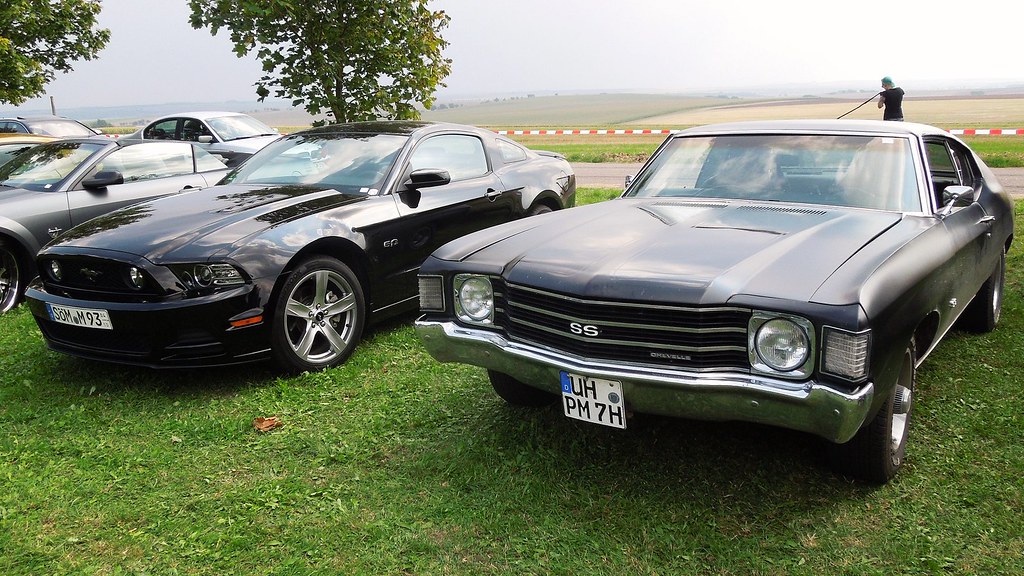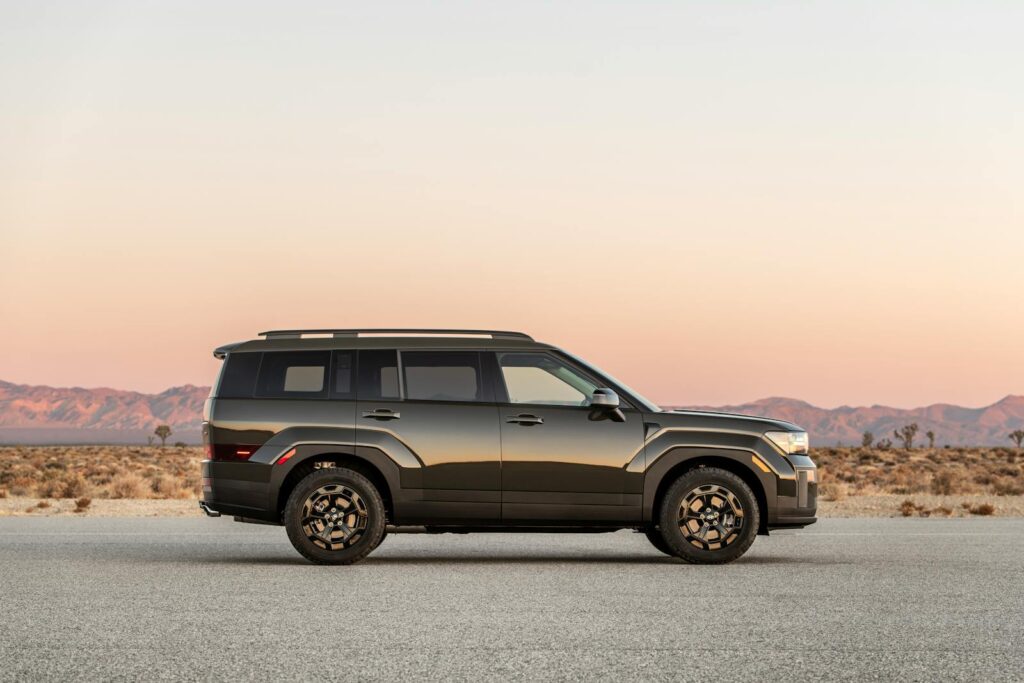
Throughout automotive history, certain vehicles have gained a notorious reputation for being perilous on the roads, often due to design flaws and mechanical failures that compromise safety. While some automakers improved the safety and reliability of these infamously dangerous models after their initial release, even initiating recalls for issues they identified, the tragic reality is that many lives were lost before these changes could be made. These cars, some viewed as classics, come with a warning: drive them at your own risk as we delve into the 20 most dangerous cars in history.
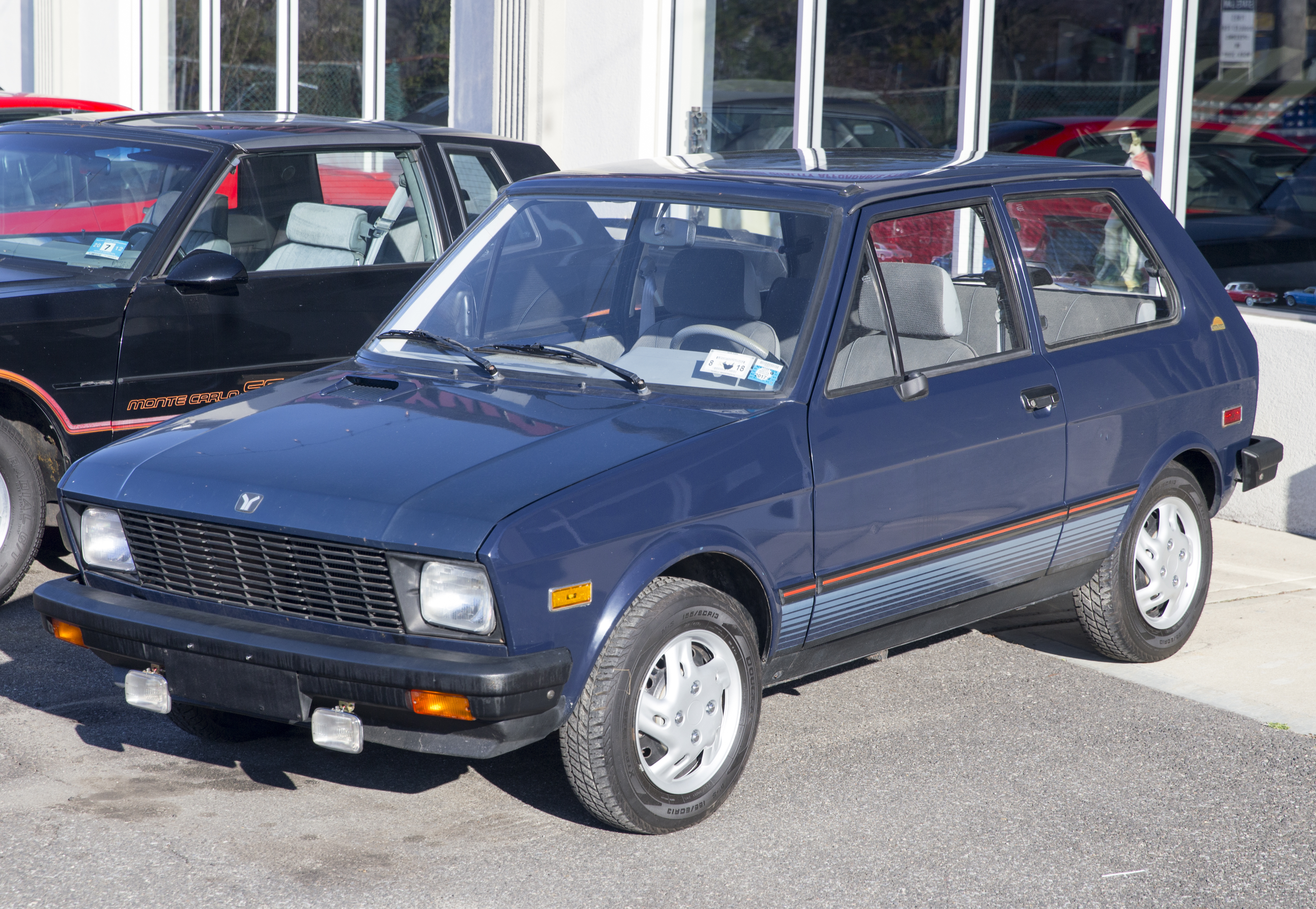
1. **Yugo GV**: The Yugo GV is infamous for its reputation as one of the most dangerous cars ever produced. Manufactured in Yugoslavia during the 1980s, its low price and compact design made it appealing, but its build quality and safety features were severely lacking. The Yugo GV suffered from frequent mechanical failures, including brake malfunctions and even engine fires. Its poor construction led to a high risk of accidents and injuries, and it is said that there were at least three fatalities for every 10,000 vehicles made. The Yugo GV’s legacy serves as a cautionary tale about the importance of quality control and safety standards in automobile manufacturing.

2. **Audi 5000**: Released in the 1980s, the Audi 5000 quickly became infamous due to its serious safety concerns that marred its reputation. With alarming reports of unintended acceleration leading to nearly 700 accidents and six fatalities, it prompted a widespread recall that sought to address driver safety issues. Investigations uncovered critical design flaws, particularly in the placement of the brake and accelerator pedals, which significantly contributed to incidents of driver error, and despite later improvements in subsequent models, Audi’s reputation suffered for years to come.

3. **Kia Rio**: This compact car has undergone significant improvements over its production history. However, earlier models faced criticism for safety concerns and were rated poorly in crash tests, raising doubts about their safety features. According to Motor Trend, there are about 122 fatalities per million registered vehicles. While newer models may be safer, there’s still plenty of older ones out on the road, lurking as dangerous relics of their past.

4. **Ford Pinto**: The Ford Pinto gained notoriety for its safety issues, particularly regarding its fuel system. Criticized for its design flaw, the Pinto’s rear-mounted fuel tank was susceptible to rupturing in rear-end collisions, leading to fires and fatalities. Internal memos revealed that Ford was aware of the risks during development but chose not to address them due to cost concerns. The resulting scandal tarnished Ford’s reputation and led to costly legal battles, with some reports suggesting that the fatality toll was around 27, while up to 180 people had at least suffered from severe burns.

5. **Chevrolet Corvair**: The Chevy Corvair faced controversy due to safety concerns and design flaws. Its rear-engine layout and swing-axle suspension made it prone to oversteer and instability, which led to accidents and rollovers. Consumer advocate Ralph Nader’s book Unsafe at Any Speed: The Designed-In Dangers of the American Automobile highlighted these issues, bringing national attention to Corvair’s safety shortcomings. Despite improvements made in later models, including the addition of an independent rear suspension, the damage to the Corvair’s reputation was irreparable.

6. **Chevrolet Cobalt**: Manufactured between 2004 and 2010, the Chevy Cobalt is notorious for its ignition switch defect that sparked numerous accidents and tragic fatalities. Faulty switches were capable of unexpectedly turning off the engine while driving, which disabled essential safety systems like airbags, putting drivers at serious risk. Consequently, both the public and General Motors faced intense backlash for their slow response to recalls and failure to address this critical issue promptly, culminating in congressional hearings, massive recalls, and substantial legal settlements that underscored the severity of the situation.
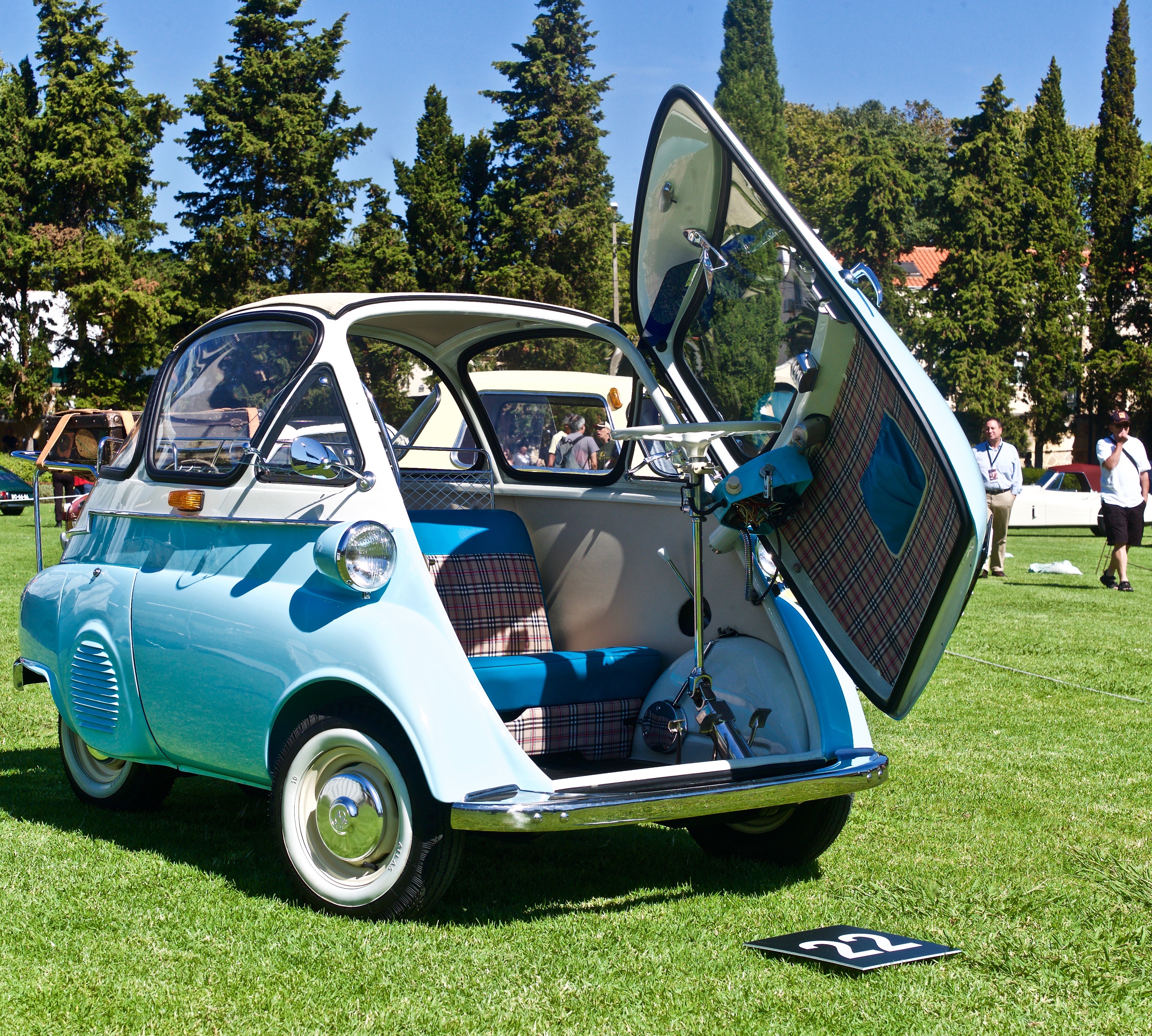
7. **BMW Isetta**: While the BMW Isetta garnered popularity for its efficiency and affordability, it also faced safety concerns due to its unconventional front-opening door. In the event of a frontal collision, the door posed a significant risk to occupants’ safety as it served as the only means of entry and exit. Since it was also the only door on the vehicle, it meant that passengers and drivers could be trapped inside the vehicle in the event of a crash.

8. **Ford Bronco II**: Produced in the 1980s and early 1990s, the Ford Bronco II suffered from numerous safety issues, including its susceptibility to rollover. Its high center of gravity and narrow track width could cause it to tip, especially during sudden maneuvers or sharp turns. Numerous lawsuits and government investigations regarding its safety prompted Ford to issue recalls and make modifications to improve stability. However, despite its efforts to address these concerns, the Bronco II’s reputation for rollover accidents persisted, ultimately leading to its discontinuation.

9. **Pontiac Fiero**: The appropriately named Pontiac Fiero suffered from a wave of problems. Early models were prone to engine fires due to inadequate cooling systems, leading to recalls. Despite its initial popularity, the Fiero also faced criticism over safety concerns, particularly regarding its handling and reliability. Additionally, its suspension and braking systems were criticized for subpar performance, affecting its overall driving dynamics.

10. **Toyota Yaris**: Research from the Highway Loss Data Institute has shown that the Yaris recorded the highest frequency of personal injury claims, with a staggering 28.5 claims per 1,000 vehicles insured in the industry. Much of this troubling statistic stems from the vehicle’s compact size, which unfortunately increases vulnerability to injury in the event of a crash. Today, the Yaris has been discontinued, leaving behind a mixed legacy that serves as a reminder of the safety concerns associated with smaller vehicles.
11. **Renault Dauphine**: The Renault Dauphine initially charmed the European market as a compact economy car, but its entry into the American automotive scene was anything but smooth. Critics pounced on its underwhelming performance and chronic reliability issues. It took a staggering 32 seconds to reach 60 mph from a standstill, making it a sluggish option on the road. Furthermore, its propensity for rust led many owners to abandon it after just one winter. This combination of poor acceleration and corrosion earned the Dauphine a spot on multiple “worst car” lists, marking it as a notable failure in the U.S. market.
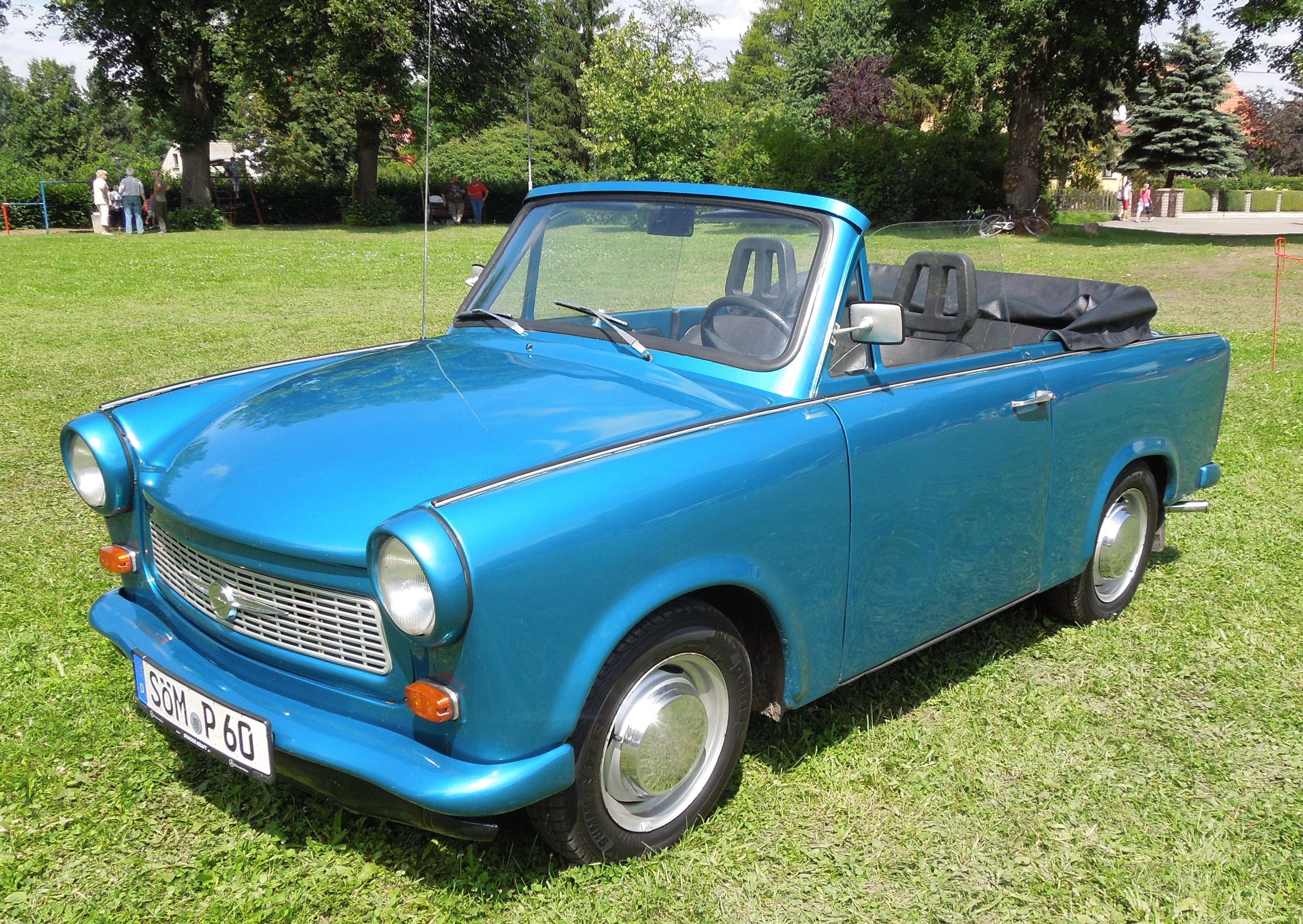
12. **Trabant**: The Trabant is often described as a symbol of East German automotive woes, and for good reason. With its outdated two-stroke engine, it produced a plume of exhaust that was more akin to a smoke signal than a modern vehicle’s emissions. Its low horsepower and poor fuel economy made for a frustrating driving experience, and the car was notorious for its flimsy body made from duroplast. While it gained a quirky cult following after the fall of the Berlin Wall, the Trabant’s place in automotive history is cemented as one of the worst cars ever made.

13. **Edsel**: Launched amidst great hype akin to a blockbuster movie, the Edsel turned into a monumental flop for Ford, leaving many puzzled. Despite large investments, consumers quickly realized it was merely a repackaged Mercury with few genuinely innovative features, leading to widespread disappointment. The public ridicule of the infamous “horsecollar” grille and the car’s release coinciding with shifting market preferences ensured that the Edsel’s name became synonymous with failure within the automotive industry.

14. **Hillman Imp**: Entering the market with high expectations as a competitor to the Mini, the Hillman Imp rapidly succumbed to poor design and serious quality control issues. Its rear-engine layout, combined with a rushed production process, resulted in significant reliability problems that alienated early adopters. Though the Imp showcased some promising features, its persistent shortcomings ultimately eclipsed its initial appeal, leading to disappointing sales figures and its eventual exit from the automotive scene.

15. **Fiat Multipla**: The Fiat Multipla is a fascinating case of a car that was ahead of its time yet critically panned for its aesthetics. While offering spacious interiors and excellent practicality, the quirky design was often described as ugly. Its unique proportions and unconventional styling elements left it vulnerable to harsh criticisms, with many automotive journalists and enthusiasts alike taking shots at its appearance. Despite its practical advantages, the Multipla’s looks have relegated it to the “worst car” lists.

16. **Pontiac Aztek**: The Pontiac Aztek was designed to be a versatile crossover but ended up being a laughingstock in the automotive community. Its polarizing design led to it being labeled one of the ugliest cars of its time. The Aztek’s awkward shape detracted from its otherwise useful features, such as a spacious interior and innovative storage solutions. While some enthusiasts appreciate its unique design today, it remains infamous as a misstep in Pontiac’s history.

17. **Chrysler PT Cruiser**: When the PT Cruiser first launched, it was celebrated for its quirky retro styling, but as time went on, significant reliability concerns tarnished its initial success. Many owners experienced a range of issues, including persistent engine problems and concerns regarding interior quality. Despite its charming appearance, the PT Cruiser’s reputation suffered due to underwhelming performance and subpar safety ratings, and while some collectors admire it today, the vehicle’s problematic past remains hard to shake.

18. **Nissan Leaf (early models)**: While the Nissan Leaf has emerged as a pioneering force in the electric vehicle (EV) market, its early models faced harsh criticism due to limited range and battery degradation issues. Many early owners reported substantial losses in battery capacity after only a few years of use, leading to widespread frustration and dissatisfaction. Although newer models have made significant strides, the early Leaf frequently serves as a cautionary tale highlighting the growing pains associated with new technology in the automotive industry.

19. **Isuzu VehiCROSS**: The Isuzu VehiCROSS combined unique styling with questionable performance, resulting in a vehicle that was as divisive as it was rare. While the design was bold and ahead of its time, it was criticized for its limited practicality and uncomfortable ride. The VehiCROSS’s niche appeal ultimately led to its short production run, and today it stands as a quirky, albeit flawed, relic of the late ’90s automotive landscape.
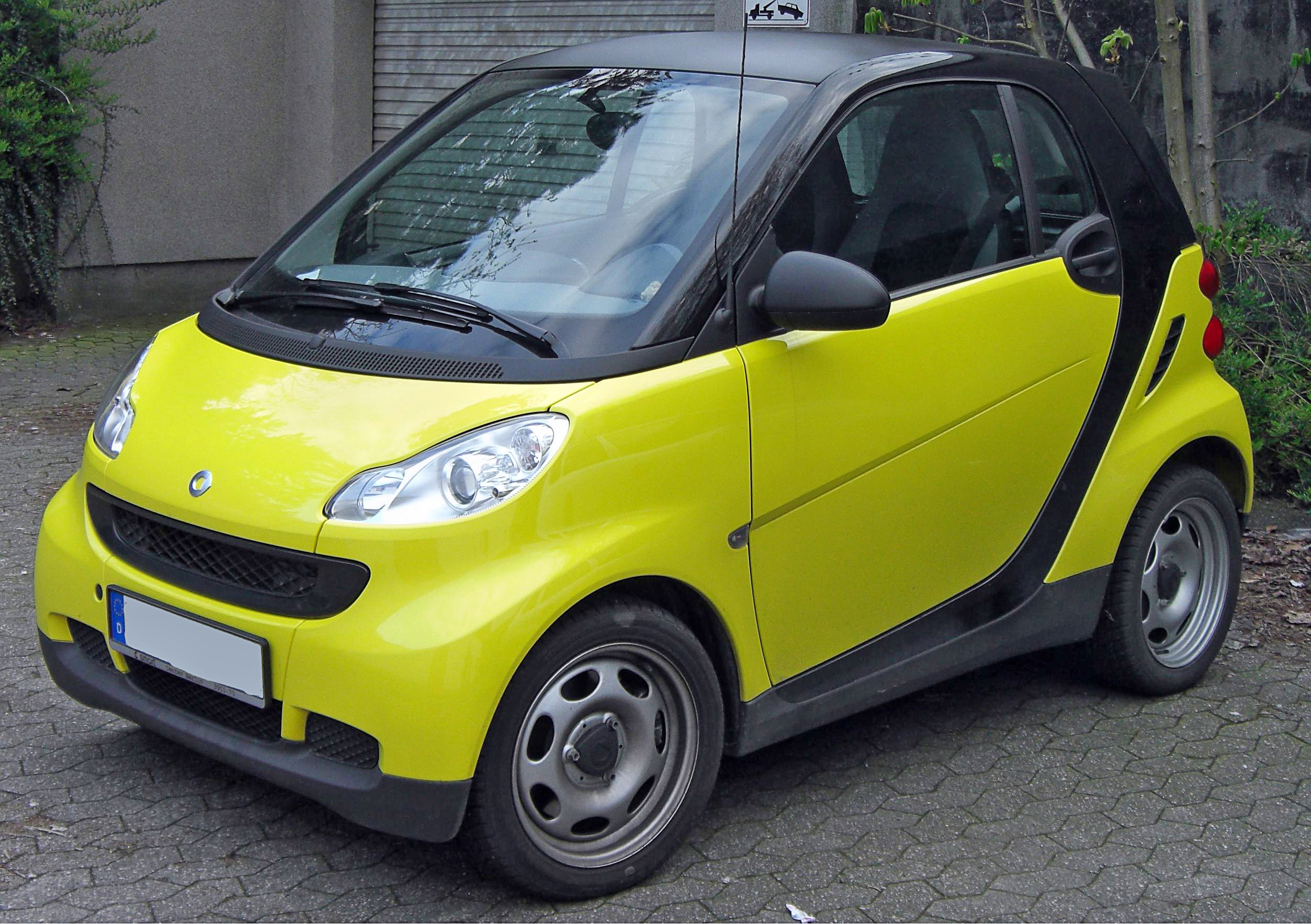
20. **Smart Fortwo**: The Smart Fortwo was initially touted as the ideal solution for urban driving challenges, yet soon came under fire for its cramped interiors and lackluster performance. Many drivers found themselves struggling with the car’s size, which often felt more like a hindrance than a benefit, especially against the backdrop of the rising popularity of crossovers and SUVs. Despite its original aim of being a practical city car, the Fortwo’s limitations ultimately led to disappointing reception in numerous markets.

Reflecting on these infamous vehicles, it becomes evident that automotive history is dotted with lessons on design, engineering, and the ever-evolving expectations of consumers. Each of these cars tells a unique story of ambition intertwined with failure, reminding us all of the essential need for safety, quality, and reliability in our automotive choices. For both car enthusiasts and everyday consumers alike, these cautionary tales encourage us to prioritize vehicles that not only ignite our passion but also ensure our safety on the roads.
Related posts:
10 Most Dangerous Cars of All Time
List of automobiles known for negative reception
10 Most Dangerous Cars in America


